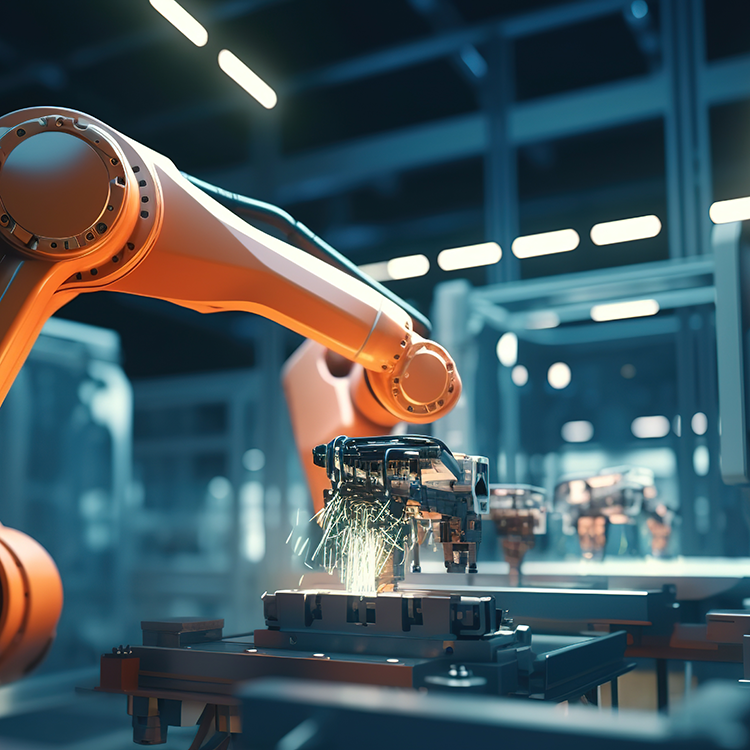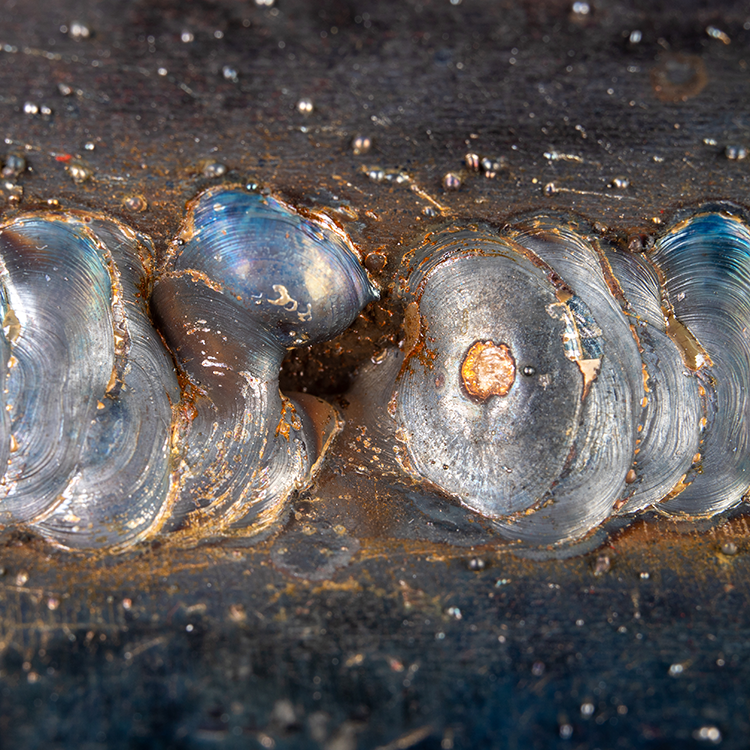Weld quality

Reliable and durable
Weld quality
The quality during welding is of fundamental importance for the integrity and performance of welded components in different industrial applications. A carefully controlled welding process, which ranges from material preparation to final inspection, is crucial to ensure reliable and durable weld joints. Different factors are considered in this context, including precise weld parameters, exact alignment of the components and continuous quality inspections to ensure that the welded components meet the highest standards with regard to strength, durability and safety.

Integrity. Durability. Performance.
Weld quality in general
Ensuring a high weld quality requires comprehensive control across the entire welding process, starting with material preparation up to final inspection. The key factors for a high-quality weld joint include:
- Material preparation: The correct preparation of the material to be welded is crucial for a high-quality weld seam. This includes cleaning of surfaces, selection of suitable filler wire and electrodes as well as consideration of the material properties.
- Weld parameters: The precise control and adaptation of the weld parameters, such as current rating, voltage and welding speed are crucial. These factors influence the weld seam geometry, penetration and thermal effects.
- Precision and alignment: The precise alignment of the components to be joined, and the exact placement of the weld seam are essential. Inaccuracies can lead to stress concentrations and structural weaknesses.
- Inert gases and environment: The use of suitable inert gases or welding environments minimizes the risk of oxidation and contaminations in the welding zone, which in turn impacts on the quality of the joint.
- Quality control: Regular inspections and quality controls during the welding process as well as on completion are indispensable. Imaging technologies, nondestructive tests and visual inspections help to detect any defects early.

Precision and control
Quality during laser welding
During laser welding, an advanced welding technique, specific challenges must be observed. The highly concentrated energy of the laser can lead to quick changes in temperature, which increases the probability of weld seam errors.
- Precision and focusing: The highly concentrated energy of the laser requires precise focusing to ensure exact weld seam geometry. Precision control is indispensable for the quality of laser welding.
- Thermal control: The intense heat of the laser can lead to quick temperature changes. A precise control of the thermal stress minimizes the risk of deformations and tensions in the weld joint.
- Automation and robotics: The integration of automated systems and robotics is crucial for a consistent quality during laser welding. Precise placement and movements ensure consistent welding results.
- Inert gas management: The correct management of inert gases is also crucial during laser welding to prevent oxidation and maintain the quality of the weld seam.
The quality during welding in general and in particular during laser welding requires a deep understanding of the processes, material properties and precise control mechanisms. Continuous improvement and adaptation of the welding processes are indispensable to meet the continuously increasing quality requirements in different industry sectors.
These topics might also be of interest to you
Contact us!
If you would like to learn more about our products and services, or would like to request a customized offer, please do not hesitate to contact us. You can contact us by phone, via email or by using our contact form. We look forward to receiving your enquiry!
Contact us!
If you would like to learn more about our products and services, or would like to request a customized offer, please do not hesitate to contact us. You can contact us by phone, via email or by using our contact form. We look forward to receiving your enquiry!


